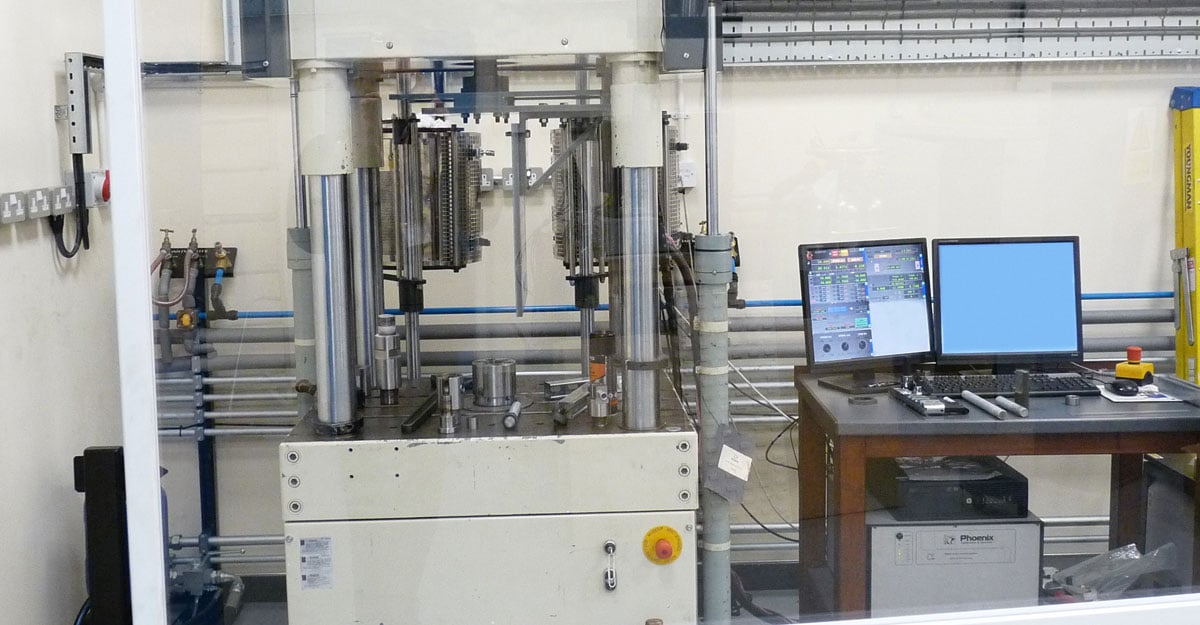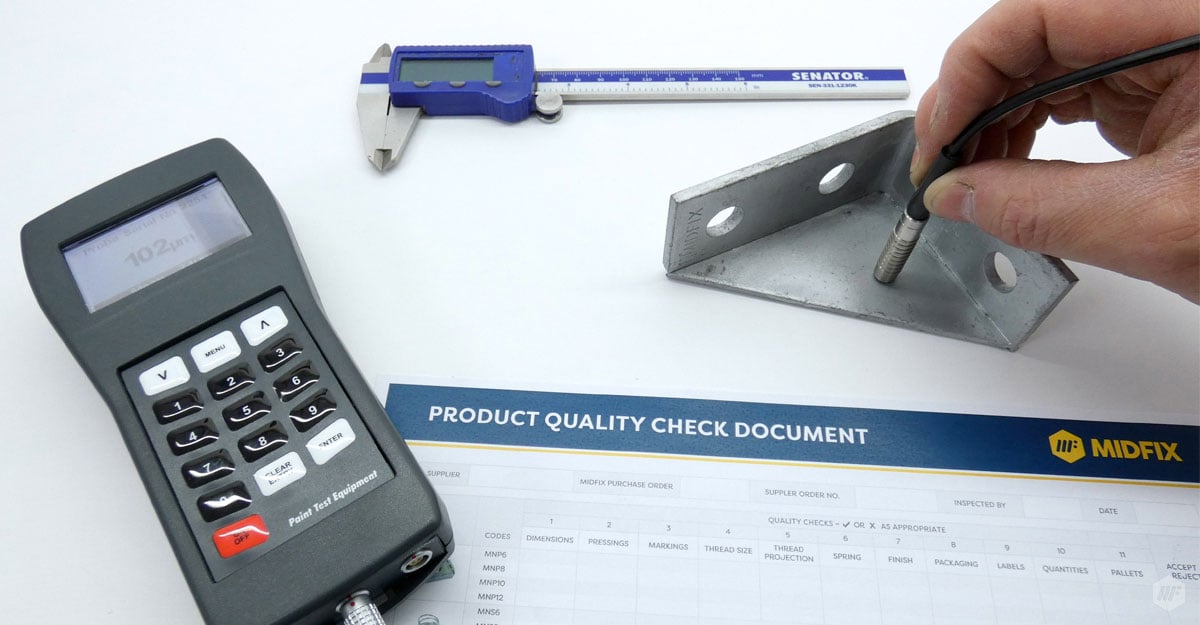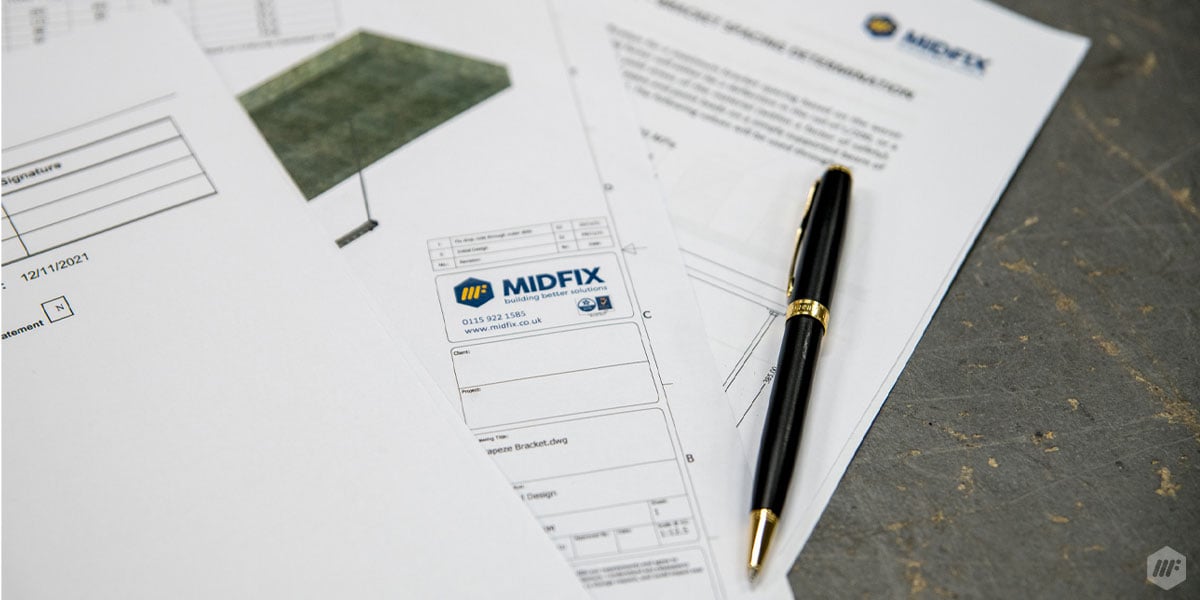As the construction industry is improving governance and working towards a more compliant and cautious future, safe installations, testing, and providing evidence for compliance are becoming more prevalent and customary.
More people in the industry from all levels of the supply chain are becoming aware of the importance of taking extra steps during their projects to ensure as much safety and as little risk as possible.
In relation to the M&E sector specifically, a potential step towards this is implementing tested channel systems. Will this become the standard? If it does, what does this mean for you, the contractor? Before we can answer these questions, let’s first dissect what it really means.
- What are tested channel systems?
- What are the key factors that make up a tested channel system?
- What is the desire in the marketplace for evidence-based installations?
- What problems does a tested channel system solve?
- Conclusion
What are tested channel systems?
A tested channel system is a comprehensively tested support system that allows the specifier and contractor to substantiate the supports they have installed are fit for purpose and will safely take the loads applied to them.

What are the key factors that make up a tested channel system?
There are a couple of main elements that make up a tested channel system for it to be effective. The first of which is, self-evidently, that it needs to undergo extensive testing. This would be done by an independent test facility for proven performance. Comprehensive and reliable load data would be the outcome of real-life tests and invaluable for engineers designing supports and validating the integrity of an installation. The second is: it must be identifiable and subsequently traceable. This means that each component of the system has to be stamped with the manufacturer's name or logo. Being able to trace back where and whom the system came from (i.e. the manufacturer), even at site level, is important because it indicates that these two (or more) components are part of the same system, have been tested together, and work together safely, and gives you the ability to verify that you’ve done everything correctly.

What is the desire in the marketplace for evidence-based installations?
As previously mentioned, there have been increasing efforts in recent years to introduce more reviews, recommendations, and regulations that encourage people in the construction industry, like you, to be conscious of safety and compliance while at work. An example of this that has had a major impact, is the 2018 report by Dame Judith Hackitt called “Building a Safer Future: Independent Review of Building Regulations and Fire Safety”, which came about following the 2017 Grenfell tower fire. It has led to industry practices being brought under much scrutiny, and not just with regards to the immediate issues that prompted the report (i.e. fire safety), but also across all sectors and concerns. Now, all sectors within construction are having to review longstanding practices and demonstrate how they contribute to ensuring the finished building meets the required standards for the ongoing safety of it and its occupants.
In M&E, many of these practices which have stayed the same for decades are clearly questionable; for instance, often, building services supports will be made by combining products of unproven performance from a variety of sources into the installation. This is highlighted in the ‘Building Engineering Services Association (BESA) – Guide to Good Practice for ‘Supports and Fixings’ TR50’. This is where the need for change, and specifically evidence-based installations, comes into play.
You, and all parties involved with the supports, should now be able to answer this question:
“when challenged can you demonstrate that the structure you have installed can take the load applied to it and that the supports and fixings are fit for purpose?”.

What problems does a tested channel system solve?
Taking the above into account, we can recognise that going through extensive testing can solve several problems, particularly safety-related ones. As stated, the supports are typically made up of parts from different suppliers or manufacturers, meaning there is nothing that indicates the combination of them would produce a safe and ‘fully functioning’ system together that can actually handle the load.
With channel, for example, even if you have the information on the load it can take, a point load, or a uniformly distributed load (calculated data), once you’ve introduced another component, all the load data you have is null and void. Tested channel systems would completely negate this issue since they would be made by the same manufacturer which would have tested the different permutations of parts together to ensure they work securely. The branded components would prove the system’s integrity.
To add, the BESA TR50 states that supports and fixings are usually overlooked and considered as a commodity – so decisions are often made based on price alone, and even changed on-site without considering the consequences. Sometimes they are even installed by less-than-qualified individuals and using incorrect tools. Unsurprisingly, this leads to a lack of supporting evidence that the design and installation were accurate, compliant, and therefore risk-free and fit for purpose.
Another common occurrence that could be risky is that site teams usually end up being tasked with devising the solutions, based on their past experience alone, and without even basic design considerations. Using a tested channel system for both design and manufacture lets you substantiate the design load of the supports and certifies that the products used in the design are then used in the finished product. The engineering drawings and reports will also allow you to evidence the design process, proving that the supports will adequately carry the loads. Moreover, even if the majority of people in the industry do everything right during the planning and installation, which is more than likely not the case, having no evidence to back this up renders it useless when it comes time to prove that they’ve carried out a compliant installation (if asked).
On top of all this, tested channel systems would need to undergo a detailed quality inspection process, guaranteeing consistently high quality, performance, and finish – which doesn’t hurt!
Conclusion
It’s becoming increasingly common that contractors are required to provide design verification for the loads of the supports, in an effort to reduce risk and raise standards within the industry. This requires the engineer to have dependable information and load data for the constituents used in the design, and particularly that it can be corroborated that the products specified by the engineer are those actually being used on site. Using tested channel systems of high-quality, identifiable products makes this process much easier. It also allows for supports, anchors, and any other parts, to be considered together as a single-source solution, as opposed to separately, enabling you to signify the complete system will not fail to take the load. Based on these points, we can make the presumption that yes, tested channel systems are in fact in demand and will likely be the way forward for the M&E sector – so you can expect to make some changes soon.



